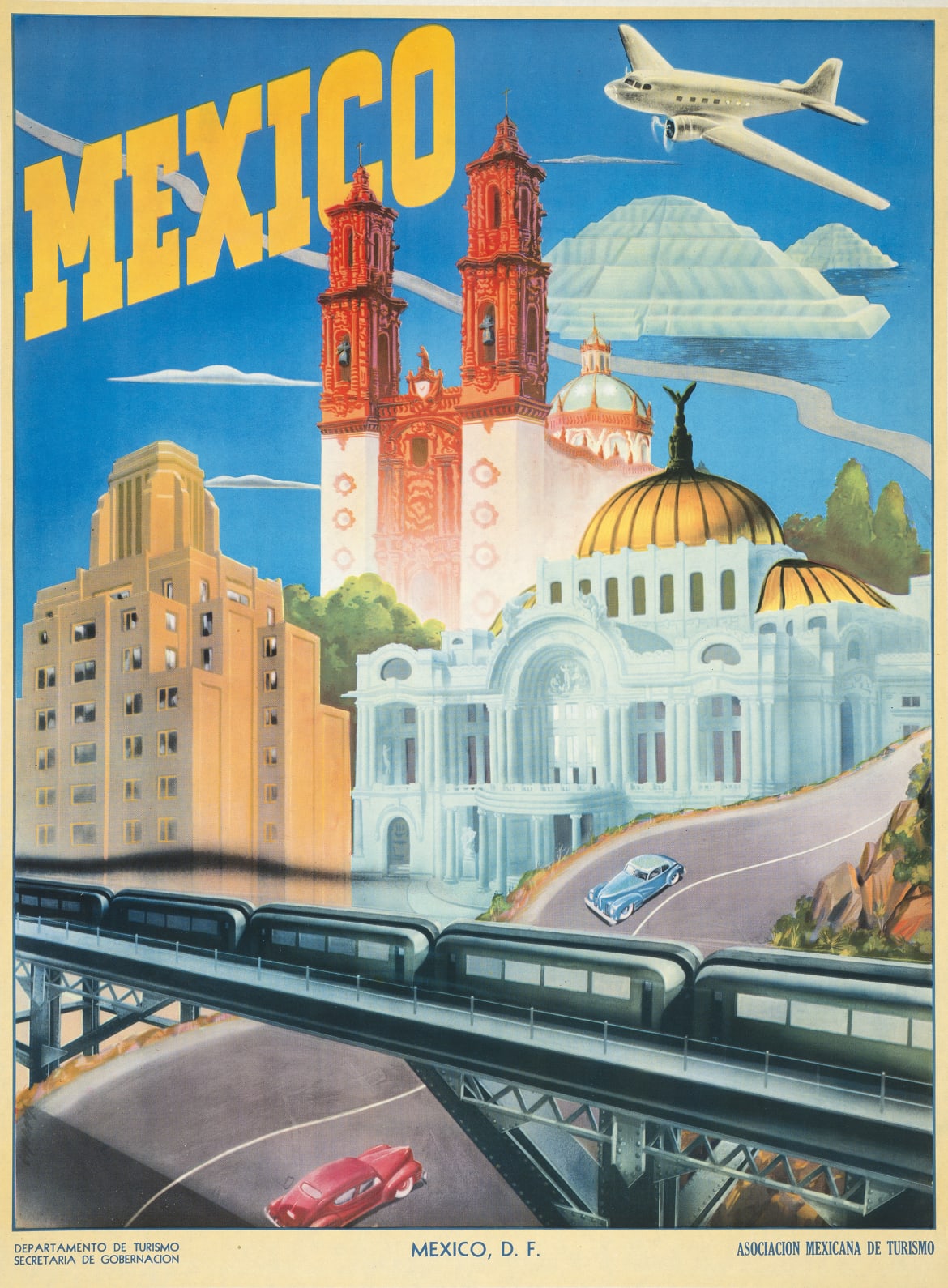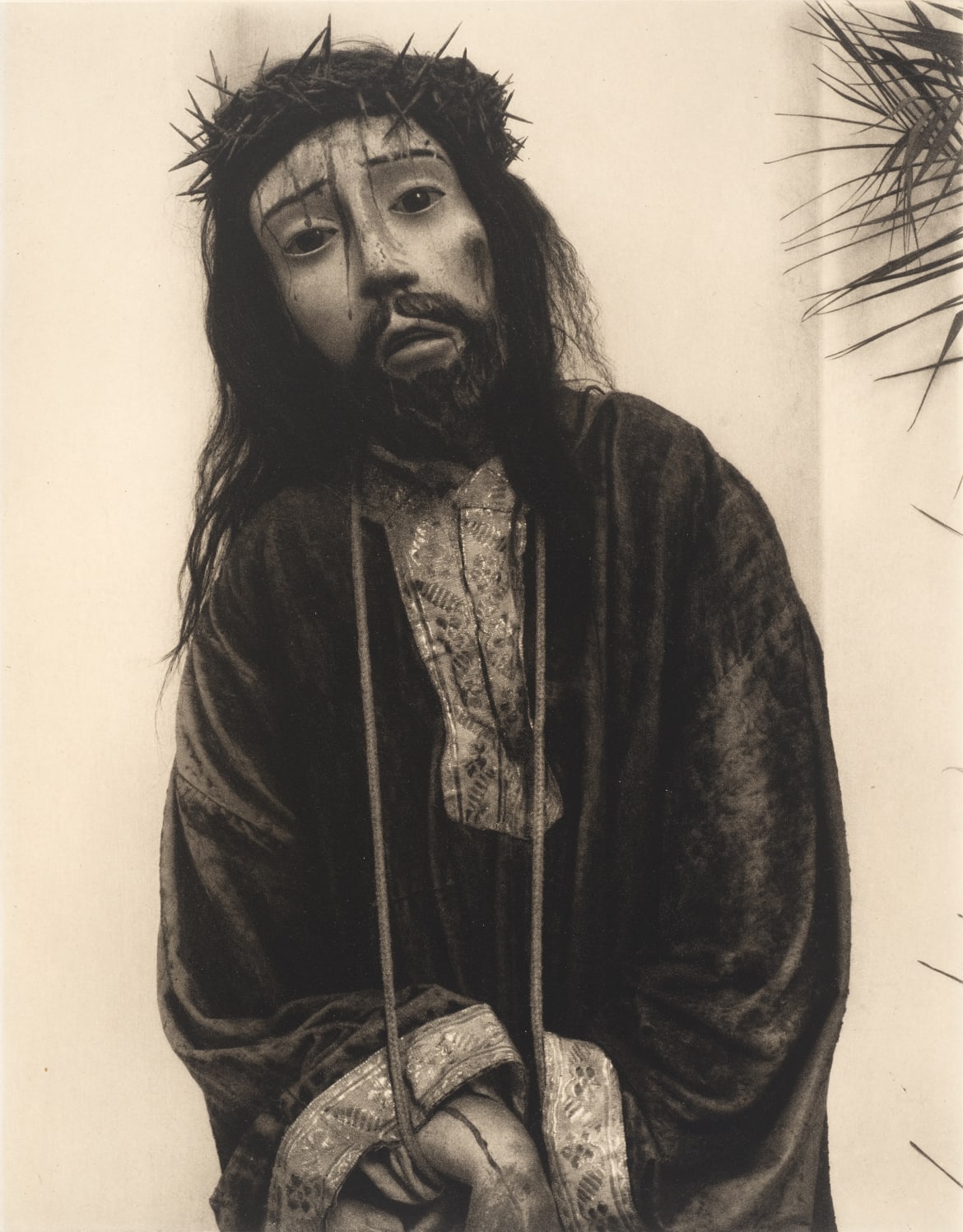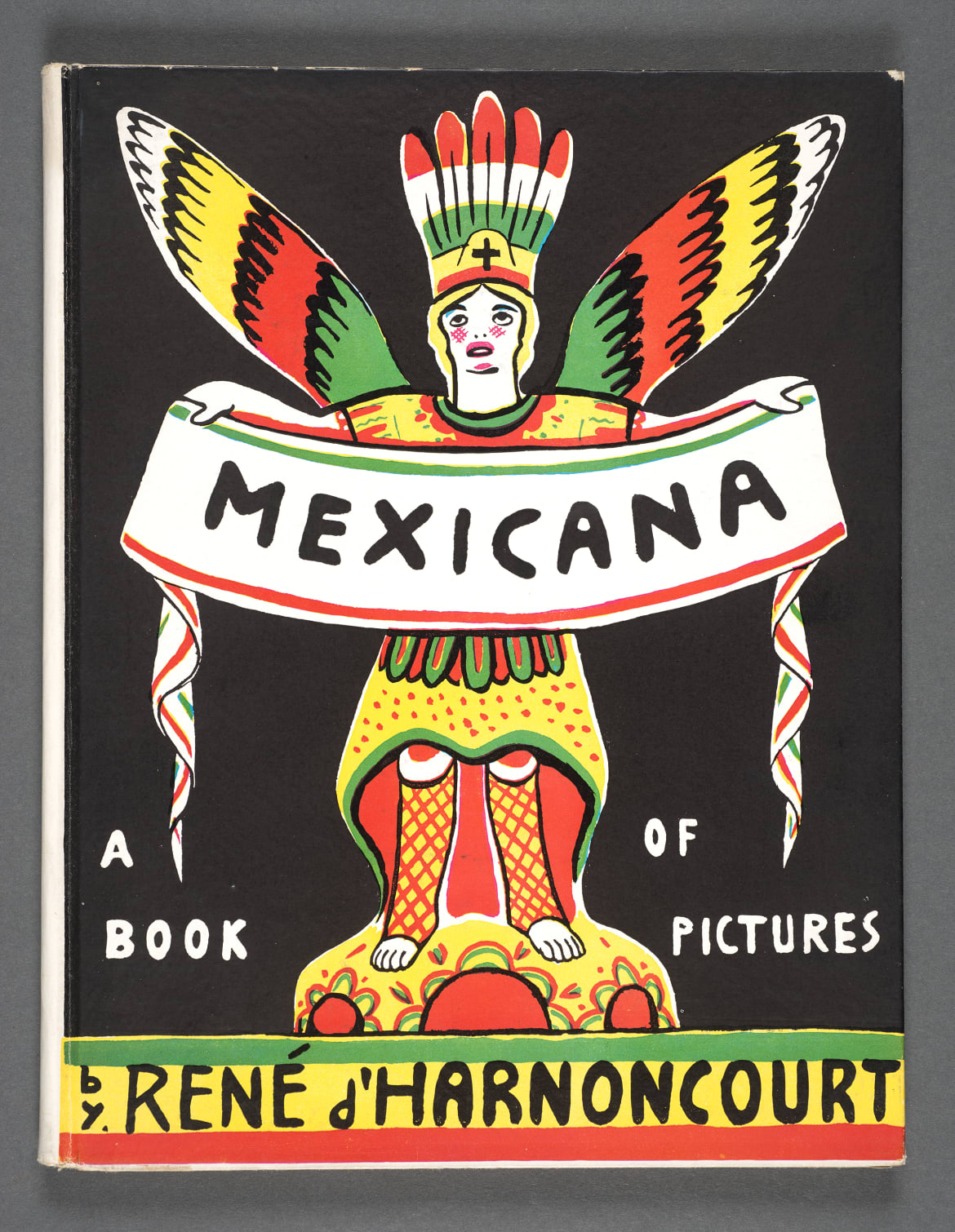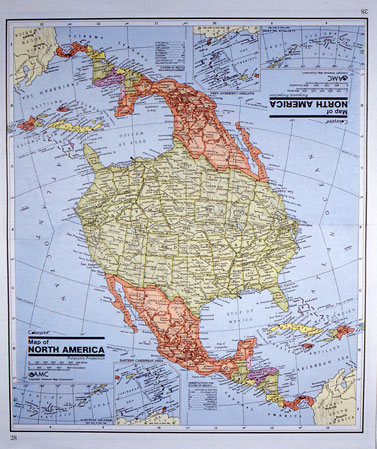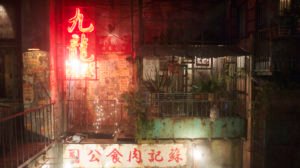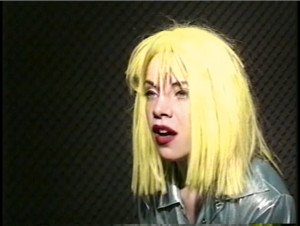(Updates made for clarification – 2022)
Netflix has a documentary from a Pakistani-British woman who interviews white supremacists and neo-Nazis. I tried watching it and couldn’t get past 10 minutes. The emptiness of these people’s souls, their deep-rooted repression of healthy connection or attachment and subsequent projection onto scapegoats was so apparent it was painful and frustrating to watch.
Then I watched an Anthony Bourdain episode in cities in Ethiopia, interviewing a cook who was born there, was adopted and brought to Sweden, then moved to NY where he became a famous cook and then returned to the booming Ethiopia. They filmed the growing skate movement among the youth and of course shared pieces about the local food, drink, cultural and music scene. Throughout it all we see culture, connection, richness…which Anthony Bourdain sees and heralds. But you still see the pain in his eyes.
White culture, White Europe, White America…like the Indigenous elders have told us – we ‘haven’t begun’ our ‘healing journeys yet.’ There’s a portion that senses this is happening and because they don’t want to relinguish control and supremacy, they are lashing out. The world is changing but diversity does not mean erasure. It is possible to hold on to your history and culture while acknowledging a problematic past AND still embrace and support multi-culturalism. There are white people learning Irish, exploring Norse religions and mythology, learning Medieval fighting styles and going to Rennaissance faires. They are also enjoying Thai food, Chinese films, African sci-fi, Latin music, the list goes on. They know who they are, they are not being ‘erased.’
‘European heritage’ should not be cover for heralding a stolen symbol from India used to defend killing millions. ‘European heritage’ should not be cover for embracing the flag of slave-owning American states. I can research my European heritage, travel to Irish towns or Italian towns and still respect another’s wish to seek safety from war-torn countries. There are small towns in Italy and Spain that are dying because not enough people live there; the young move to cities for tech jobs. They welcome and embrace refugees now. Yet are still people celebrating centuries-old folk festivals in Europe and that don’t feel the need to hate on other groups. Europeans and European-Americans CAN research and preserve the best of their rich, cultural heritage without using it as cover for xenophobic fascism. That said, I mentioned earlier pre-Christian religions and Medieval/Rennaissance faires – it’s critical that those in these scenes police their communities to identify and root out members acting in bad faith to exclude others out of racism.
If Anthony Bourdain taught his white viewers anything it was the value of traveling, how to open our eyes to the longer view and to seek inspiration from others who have not lost human connection. I don’t want to fight to defend or preserve a culture built of oppression and disconnection from global humanity. “Whiteness” (or “Aryan”) by this definition is not a heritage worth keeping. It’s an artificial, divisive construct and lie propagated by slave owners and Nazis. Is it part of our history and thus our heritage too? Of course, but it is not something to cling to out of misplaced pride, thinking there is nothing else. There is so much more. There’s literature, music, languages, mythology.
If all you know of yourself is that your people were conquerors or slave-owners, and your history book praises colonialists, colonists, leaders slaughtering Native Americans, because the rest of your culture was robbed from you by those in power wanting to keep you hungry and angry, like a trained pit-bull raised on hate….shining a light on that may make you uncomfortable. But it should also open a door and lead you to ask – what has been kept from me? What else is there in the world? This is what motivated Antony Bourdain and so many other travelers – curiosity, an adventurous spirit, and openess.

